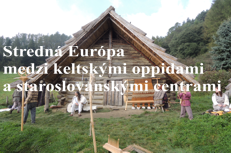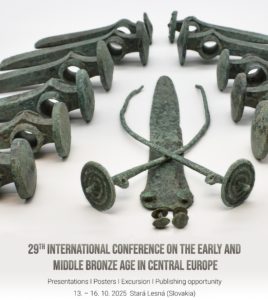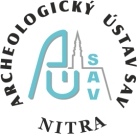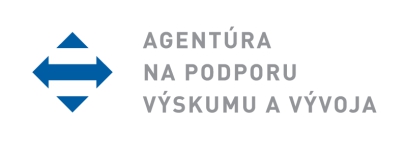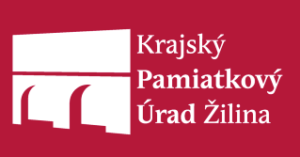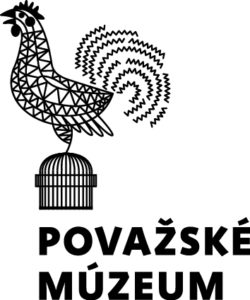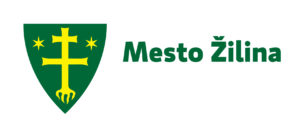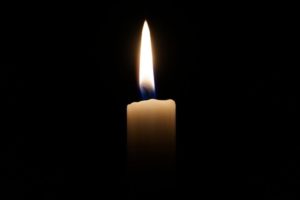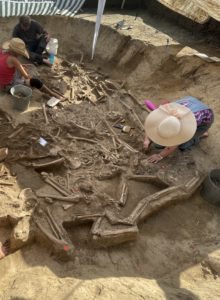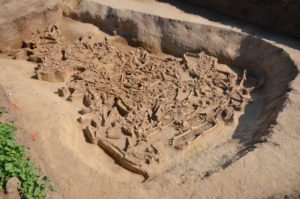PhD studies topics starting in 2025, the exact date of the admission procedure will be specified. It will probably take place in June 2025.
Faculty of Arts, Constantine the Philosopher University in Nitra, 3 years
Historical sciences,
study programme: Archaeology
For further information, you can contact us at: https://ff.ukf.sk/studium/doktorandske-studium/
Closing date for applications: 31.5.2025
1. FF UKF Nitra (3-ročné štúdium denné)
Topic: Social structure of Germanic communities in the old Roman period on the basis of graves and burial sites in western Slovakia
Supervisor: prof. PhDr. Eduard Droberjar, PhD. (droberjar@seznam.cz)
Date of admission: Juny 2025
Annotation:
The aim of the dissertation will be to create a model of the structure of Germanic society based on analyses (typological-chronological, chorological, anthropological and sociological) of large burial sites (Abrahám, Kostolná pri Dunaji, Sládkovičovo), other smaller necropolises and isolated graves from the older Roman period in western Slovakia. An integral part will be a comparison of the findings with the results of research at other burial sites within the Elbe-Germanic cultural circle (Moravia, Bohemia, Central Germany).
2. FF UKF Nitra
Topic: Animal husbandry in the Roman period in western Slovakia
Supervisor: Mgr. Branislav Kovár, PhD.
Consultant: Mgr. Zora Bielichová
Date of admission: Juny 2025
Annotation:
The dissertation project deals with the part of the Roman period economy related to animal husbandry, livestock production, and food of animal origin in the Germanic and Roman Provincial milieu north of the Danube. The main aim is to contribute to the debate on animal husbandry strategies in the context of changing Roman-Germanic relations and the differentiated structure of Germanic society in the Central Danube area. The work also intends to capture the manifestations of the Romanization of the Quadi, e.g., in animal husbandry techniques or in the diet of the “barbarians”. The animal bone remains are the main sources of knowledge, considering the available archaeological, historical, and archaeobotanical sources. One of the contributions of the thesis is the processing of extensive, previously unpublished, bone assemblages from key Quadi sites in western Slovakia using modern analytical methods of archaeozoological research.



